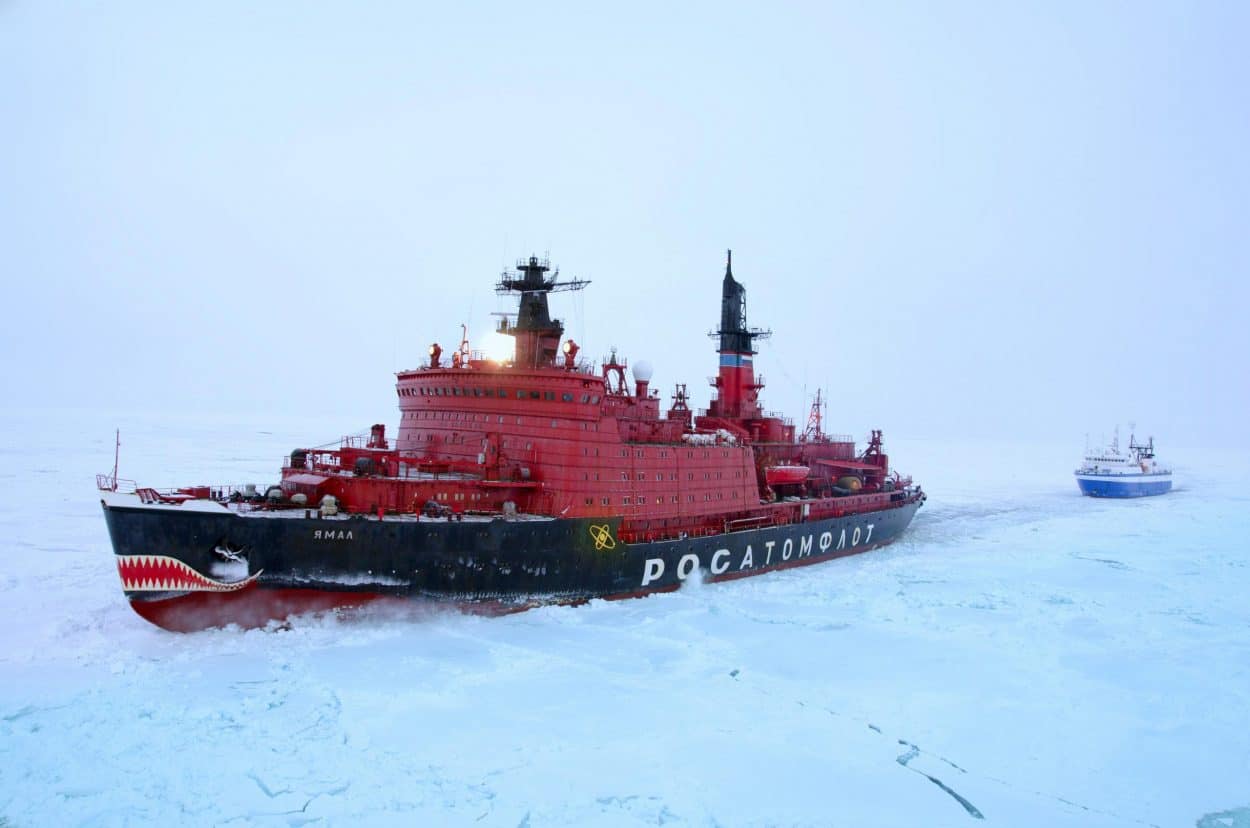New Alliance Aims to Boost Arctic Security

In a significant move to enhance maritime operations in the Arctic, four shipyards from the United States, Canada, and Finland have formed a new alliance. This collaboration aims to deliver the U.S. Coast Guard’s Arctic Security Cutter (ASC) within the next three years, marking a crucial step toward ensuring a sustained U.S. presence in the challenging Arctic environment.
Collaboration for Arctic Readiness
Leading the initiative is Bollinger Shipyards, a U.S.-based company, joined by Seaspan Shipyards from Canada, Rauma Shipyards from Finland, and Aker Arctic, a Finnish engineering firm. Each partner brings unique strengths to the table, including engineering expertise, cold-weather design capabilities, and a deep understanding of operational needs in polar regions.
This alliance is part of the ICE Pact, a trilateral agreement between the U.S., Canada, and Finland focused on Arctic development and maritime readiness. Instead of starting from scratch, the partnership aims to leverage proven designs and experienced teams to build vessels capable of withstanding some of the harshest conditions on Earth.
The Arctic Security Cutter is designed as a medium-class icebreaker that will complement the U.S. Coast Guard’s upcoming Polar Security Cutters. Together, these vessels will form a two-tiered fleet capable of addressing various missions, including search and rescue, law enforcement, and defense operations across the Arctic region.
The approval of the first Polar Security Cutter by Washington late last year signaled a shift in focus from planning to production, emphasizing the importance of Arctic priorities.
Canada Places Order with Seaspan for Construction of Heavy Polar Icebreaker
Assessing U.S. Arctic Capabilities
Currently, the U.S. Coast Guard’s operational capacity in the Arctic relies on just two main vessels: the Polar Star and the Healy. The Polar Star, a heavy icebreaker, has been in service since 1976 and faces ongoing maintenance challenges due to its age. The Healy, commissioned in 1999, is a medium icebreaker primarily designed for scientific missions rather than heavy-duty icebreaking.
These two ships form the backbone of the U.S. polar fleet, but their aging status raises concerns, especially when compared to the capabilities of other nations. To address this gap, the Coast Guard has recently acquired a commercially available polar icebreaker, which will enhance operational flexibility in the Arctic without replacing existing cutters.
While this acquisition serves as a temporary solution, the long-term plans for the Arctic Security Cutter and Polar Security Cutter programs are still in development, facing design challenges and cost overruns. The proposed Seaspan Aker Multi-Purpose Icebreaker, ready for construction, promises to break through four feet of ice, travel 12,000 nautical miles, and remain operational for over 60 days, tailored to meet the Coast Guard’s mission requirements.
Ben Bordelon, President and CEO of Bollinger Shipyards, emphasized the readiness of this initiative, stating, “We’re ready to build. This is about speed, certainty, and delivering results.” Rauma Shipyards will also support the U.S. effort with crew training and operational readiness resources, further enhancing the partnership’s capabilities.
The collaboration not only aims to strengthen U.S. Arctic operations but also fosters deeper ties with allies. As the Arctic landscape evolves due to climate change and geopolitical shifts, the need for a robust maritime presence has never been more critical. The Arctic Security Cutter represents a strategic step toward maintaining U.S. interests and preparing for future challenges in this vital region.
